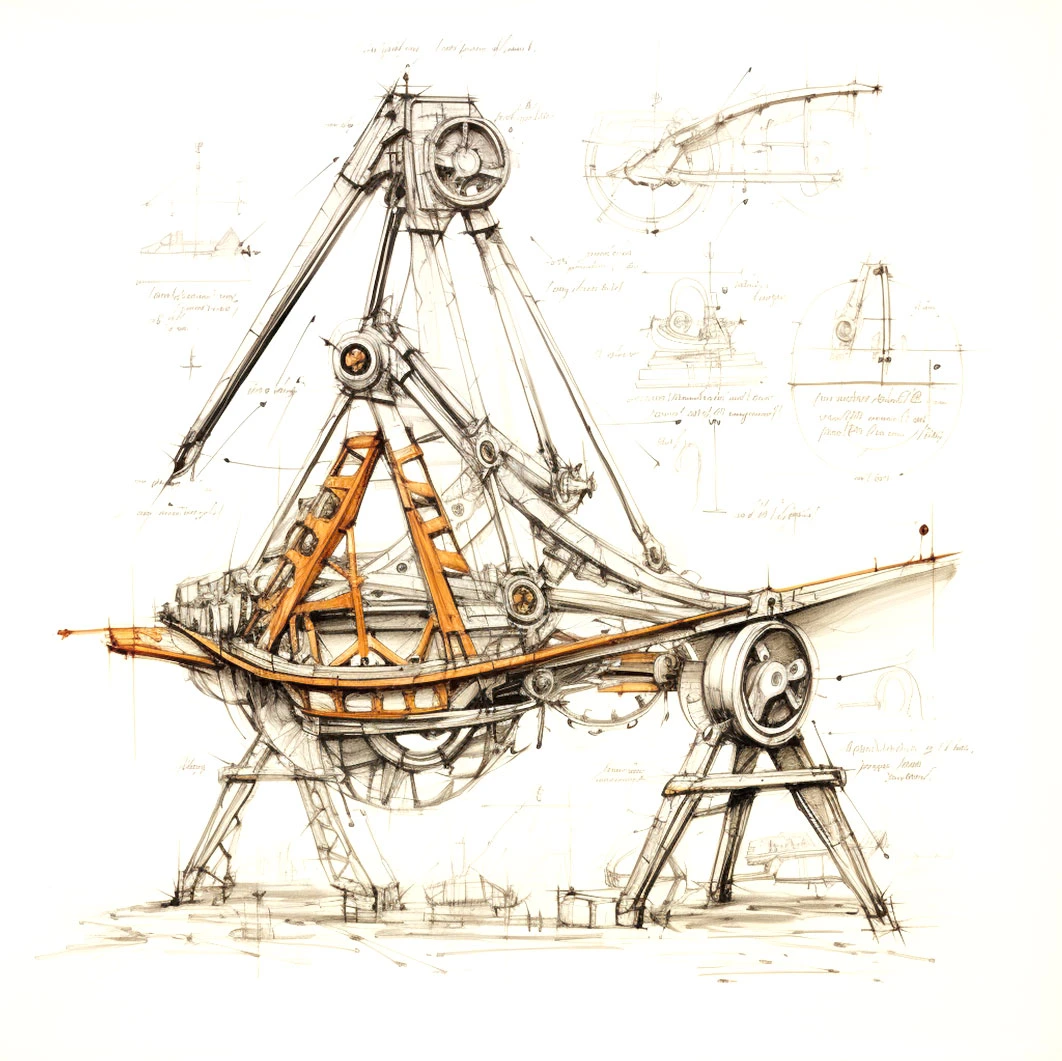
I think we can agree that we’re all prone to panicking when anticipating a looming problem, much like playing chess and trying to foresee three moves ahead. But what if you’re not great at chess? What if you can’t predict every move?
This is a story about how I learned this lesson—not while striving to make a product more user-friendly or implementing a new feature that could be the next unfair advantage, but during an annual Father’s Day camping trip with my two daughters. It became a valuable life lesson: focusing on problems as they arise rather than waiting for them to rear their ugly heads.
Two years ago, I was invited to an annual father’s day camping trip tradition in my area. Each year, dads are selected as captains, kids split into teams, and a unique competition unfolds, fostering friendships, rivalries, and life lessons.
My first year as team captain, our mission was to construct a large slingshot armed only with provided rope, rubber hose, and materials you can find from nature. The target? A group of plastic barrels only halfway across a field that you had to hit with a potato. “Piece of cake,” we thought, but boy were we wrong!
We invested tremendous effort into designing a strong, stable frame capable of tossing potatoes over a great distance. Recognizing the structure as our potential Achilles’ heel, we concentrated our time and resources on it. We spent hours meticulously gathering materials and refining our design but neglected testing as we progressed. We kept adding more rope and logs to joints before attempting to shoot a single potato.
Essentially, we dove headfirst into the problem, channeling our inner carpenters and engineers, and our base looked promising.

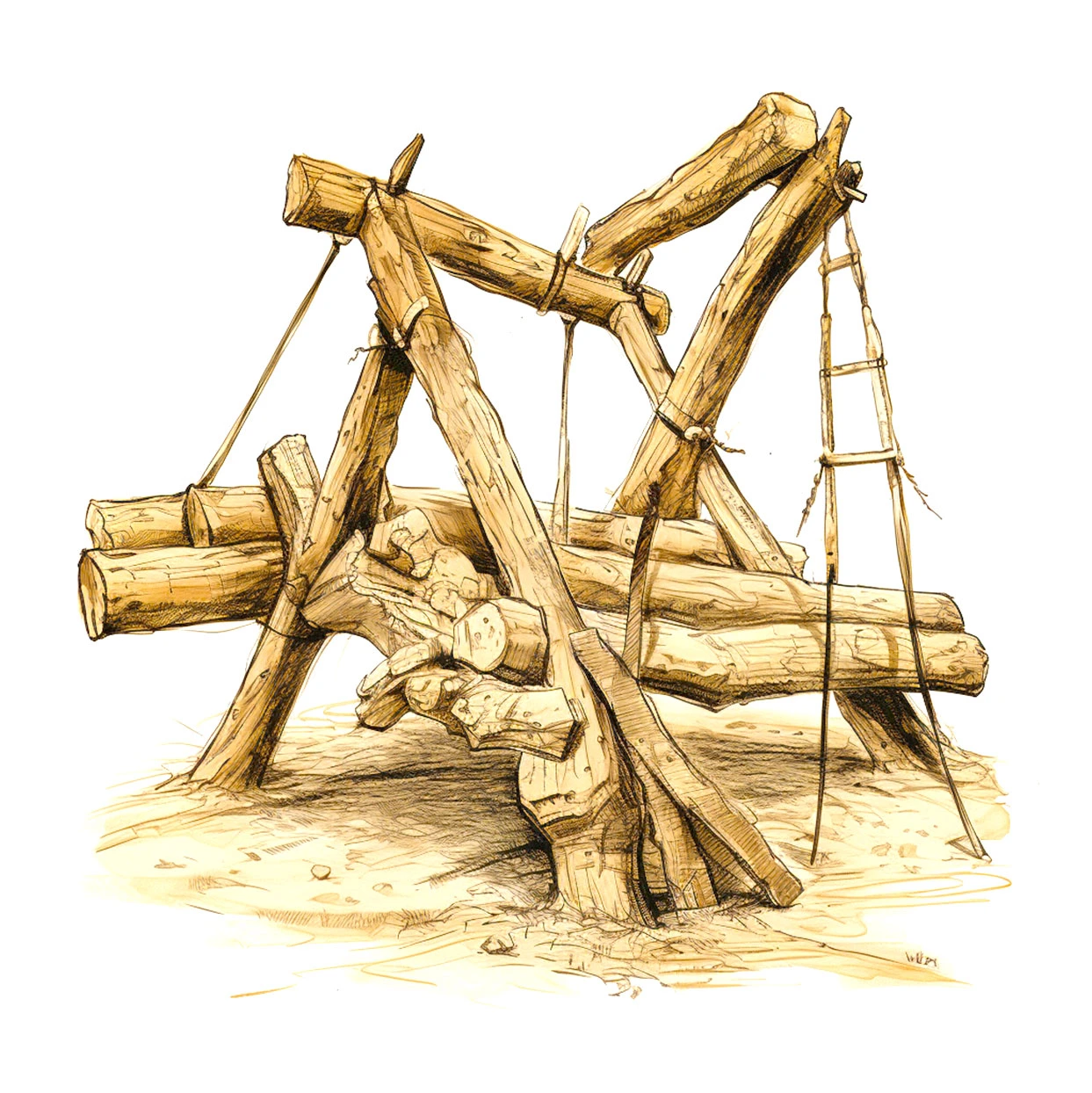
However, when it was time to test our design, we seemed to have missed a critical aspect—we weren’t building an oak sailing ship. Our intricate design failed us at the last minute—quite literally. The potato holder, a small piece of cloth we happened to find, would capsize upon release, and our projectile dropped like a stone just feet away from the starting line. Embarrassing, I know! The winning team? Their strategy was simple: find a tree branch resembling a slingshot, plant it, and spend the rest of the time perfecting their aim. They successfully hit the target less than halfway through the competition’s allotted time.
Fast forward to the following year, where I found myself once again fortunate to be selected as one of the team captains. The challenge was set: construct a cart with two individuals as pullers and one as the passenger. The stinging defeat from the previous year propelled a change in our approach. We realized the need for a strategy shift, opting for a sequential method rather than meticulously planning every detail or fixating on the most significant problem. Our new mantra: Embrace a step-by-step approach, unwaveringly focused on tackling individual challenges as they stop us from progressing.
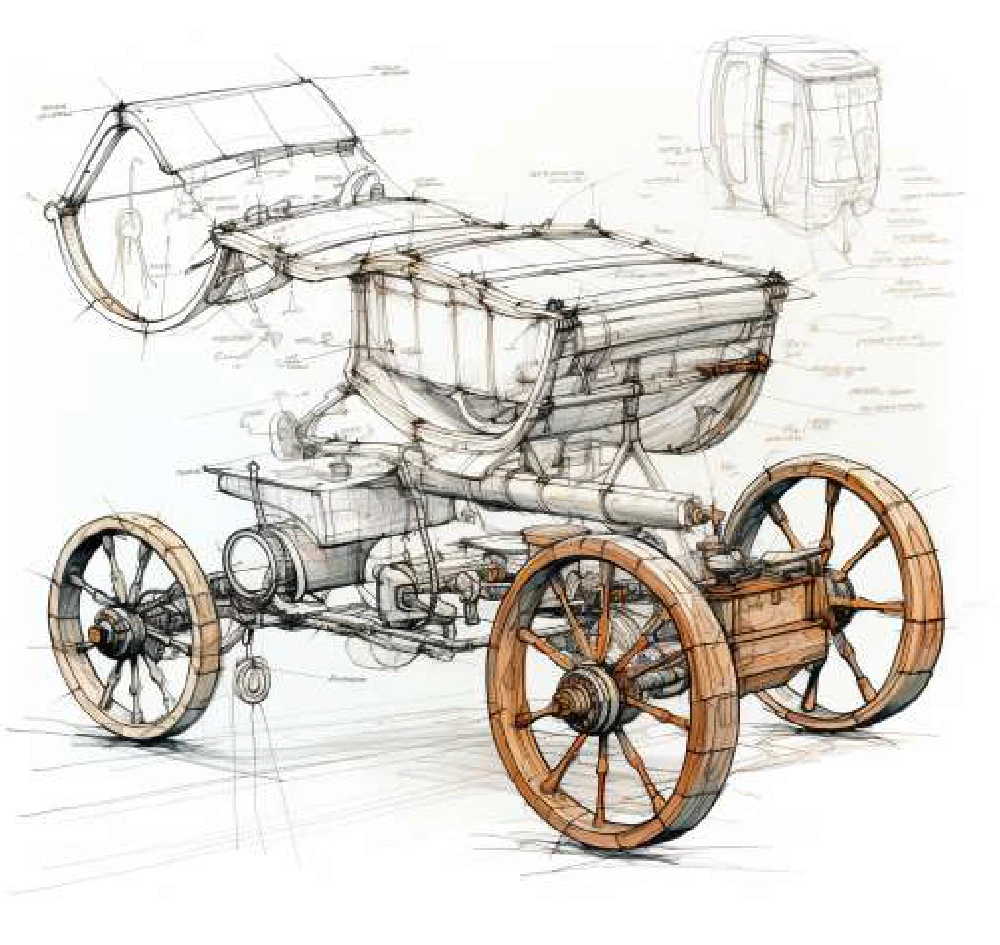
We delved into action, crafting prototypes and embracing failure as a stepping stone. Our focus shifted to addressing problems only when they materialized, not pre-emptively anticipating them. We transitioned from an uptight, know-it-all group to embracing a street-smart, agile approach, akin to a young start-up.
Our primary objective was having wheels capable of turning on an axle. We divided the team, investing efforts in crafting prototypes. Amidst heated debates on the axle-wheel connection, we finally achieved success, resulting in a functional prototype that enabled a splinter team to focus on creating the final piece.
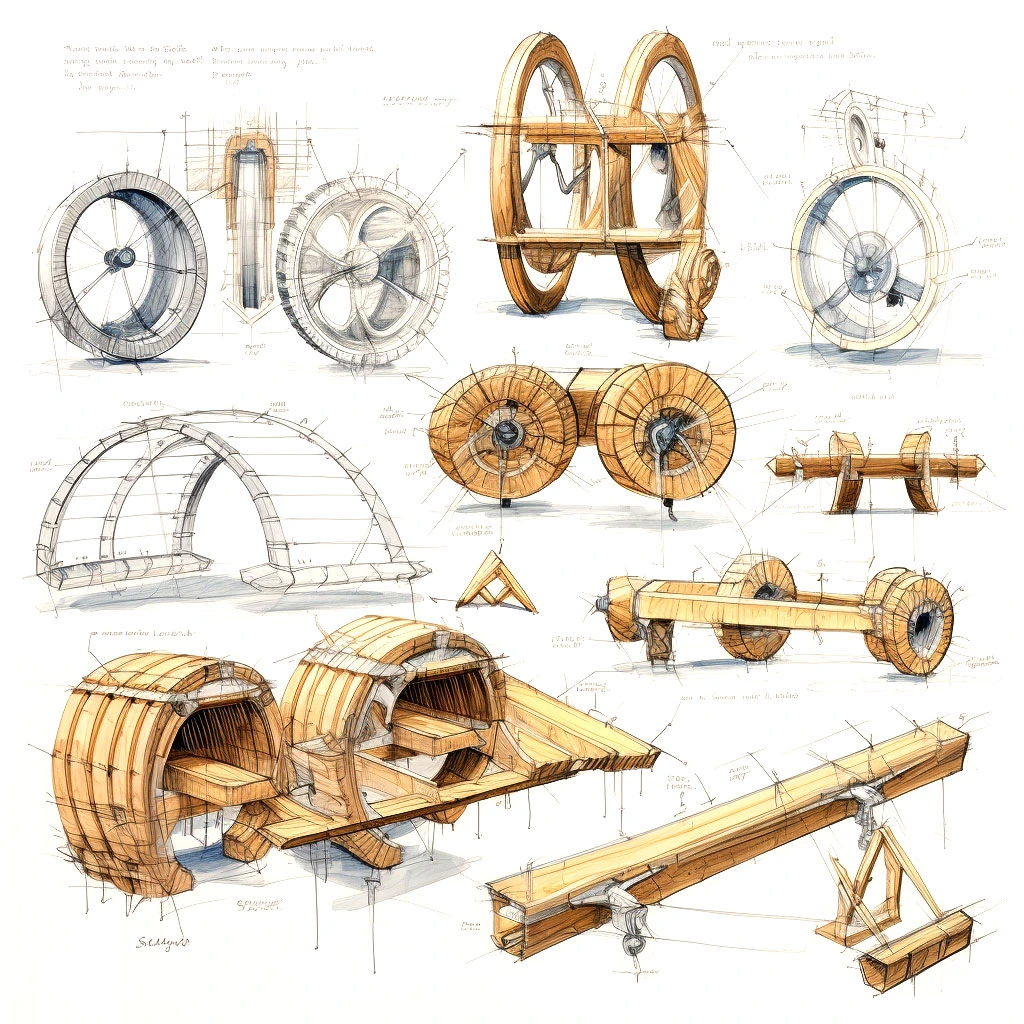
Subsequently, our cart demanded a robust frame capable of withstanding the force of two adults pulling. The passenger posed no issue; in worst-case scenarios, they could cling on for dear life! We swiftly resolved issues, testing meticulously without overbuilding, reinforcing only after each test. Admittedly rough around the edges and often considered underbuilt, closer to a rough-and-ready assembly than an ornate coach, but it served its purpose remarkably well—functionality was our primary concern. While other teams aimed for aesthetics or load-bearing capacities, our focus remained distinct.
Addressing problems as they emerged allowed us to swiftly construct a functional cart. Consequently, we had ample time to strategize, adapt to nuances, and even contemplate adding a touch of flair to our chariot while progressing with our running strategies.
Continuing through each round, our focus gradually shifted from perfecting the cart to optimizing the team operating it. As we advanced, the dynamics altered—we rotated pullers strategically, considering each race to secure our place in the finals. While we made it to the championship final, fate dealt us a blow; it was left to another father and myself to be the horses and we were outpaced, not by a superior cart but by swifter horses.
This experience, born from a camping trip and woven through the challenges of crafting a slingshot and a cart, fundamentally altered my approach to problem-solving. It unearthed a profound realization: the true essence of tackling obstacles lies in addressing them as they surface rather than dwelling on hypothetical scenarios. As a leader, this translated into a transformative shift—from fixating on an imagined endgame to navigating challenges as they unfolded, reflecting the agility and adaptability demanded in the professional realm. So, the next time you encounter a problem, remember to tackle it head-on and solve it, but only when it becomes a real issue.
Next year’s problem: find younger, faster horses.
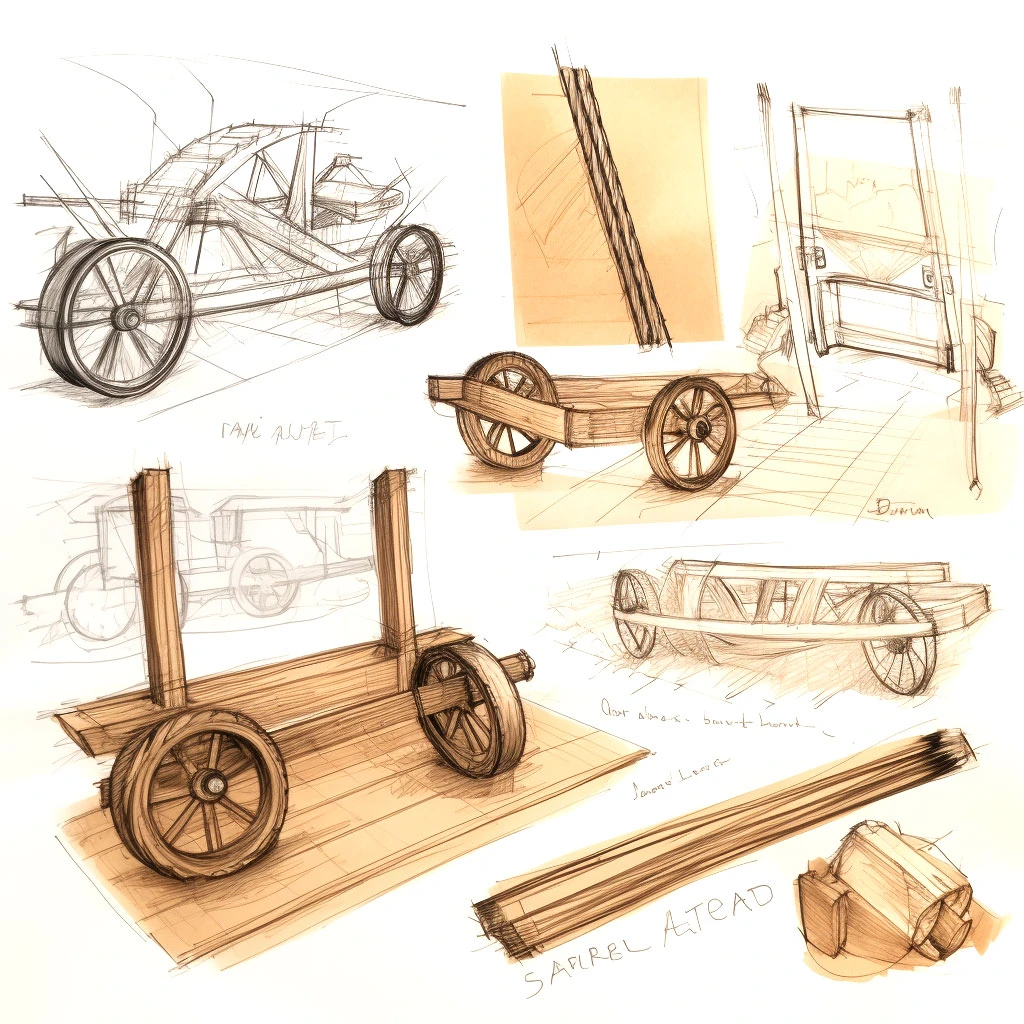
Leave a comment
You must be logged in to post a comment.

